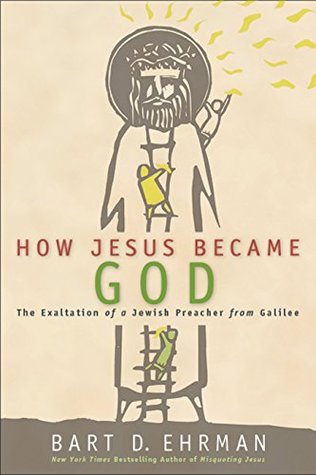This view obviously toed the line on the major Christological issues of the second, third, and early fourth centuries. Christ was God, he became man, and he was only one person. And it was not a modalist view. But other church leaders thought it sounded too much like modalism and condemned it as a heresy. The matter was discussed and finally decided at the Council of Constantinople in 381. That is when the line was introduced into the Nicene Creed that is still said today, that “his [Christ’s] kingdom shall have no end.” This line was added to demonstrate the theological rejection of the views
...more
Welcome back. Just a moment while we sign you in to your Goodreads account.


